Published:
Author:

Marna Banggara is an ambitious, long-term project that aims to restore ecological processes and resilience to southern Yorke Peninsula's spectacular landscape from the threats posed by feral animals, pest plants and climate change. The project builds on ten years of Community Action Planning and was formerly known as the Great Southern Ark Project. In recognition of Yorke Peninsula’s Traditional Custodians, the Narungga people, and their ongoing connection to the land and seas, the project was renamed in June 2020. Originating from Narungga dialect with ‘marna’ meaning ‘healthy or prosperous’ and ‘banggara’ signifying ‘Country’, Marna Banggara aims to restore and improve the health of southern Yorke Peninsula’s distinctive bushland.
South Australia has lost much of its native habitat, leading to loss of biodiversity and declines in soil health with flow on consequences for agricultural productivity. Up to 95% of the ground dwelling native mammals that occurred on southern Yorke Peninsula prior to European settlement are now extinct due to habitat destruction and spread of introduced predators, including foxes and cats. Habitat restoration benefits the whole community, so the project aims not only to develop a haven for some of Australia’s most endangered species, but to also support agricultural productivity and strengthen the local economy through opportunities for local employment and nature-based tourism.
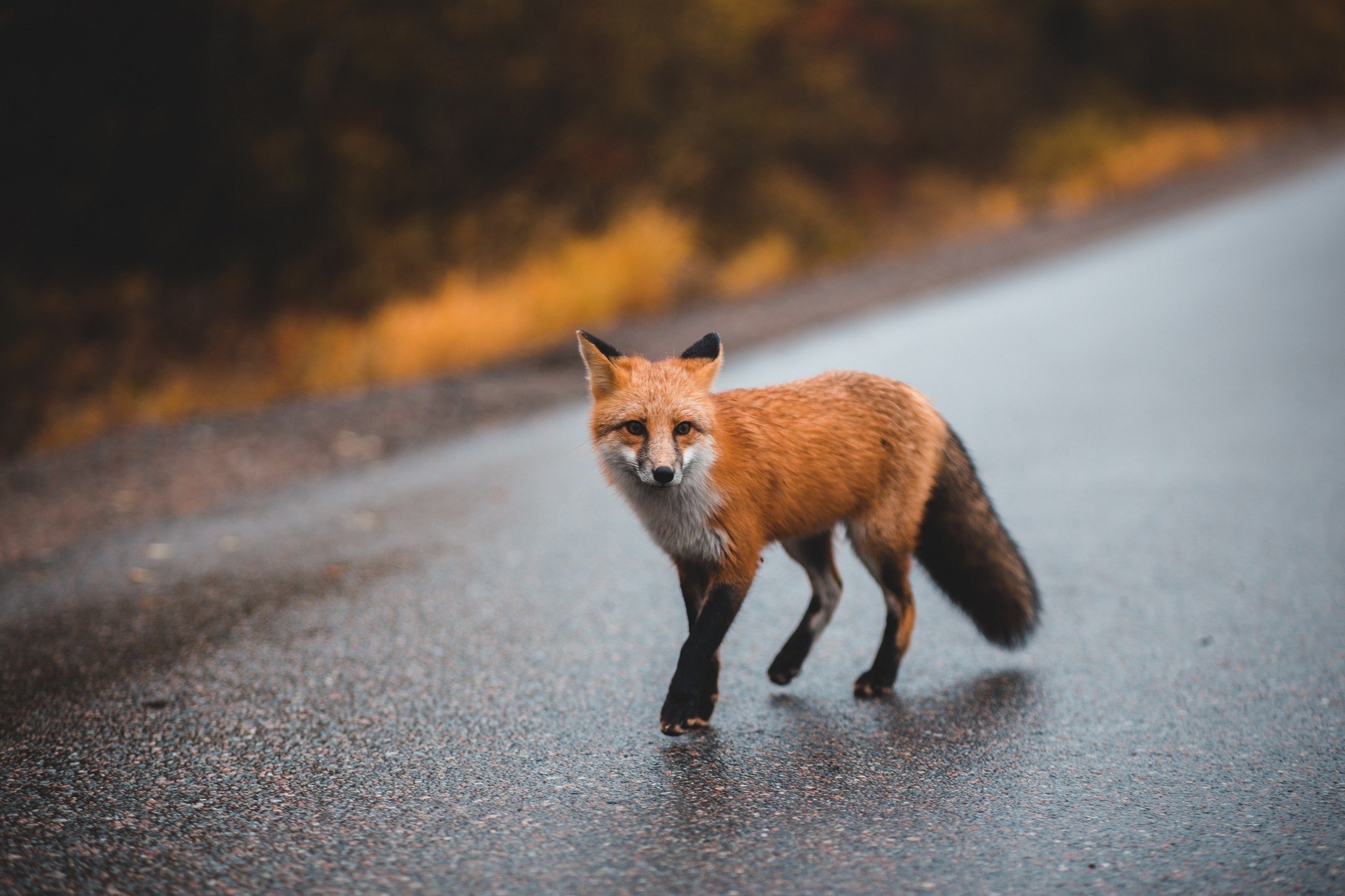
Building on the success of reintroducing the Tammar Wallaby to Dhilba Guuranda-Innes National Park in 2004, Marna Banggara capitalised on the broad-scale, coordinated fox control that has occurred on southern Yorke Peninsula since the early 2000s as part of the Baiting for Biodiversity program. Predator control has been a critical factor in the conservation of extant threatened species such as the Hooded Plover and Malleefowl, and in supporting the reintroduction of native species. Feral cats have also been managed via baiting, shooting and trapping, and a 25-kilometre predator management fence was erected in 2019–20 to further reduce fox and cat populations across the project area. An extensive array of camera traps has been installed to monitor predator numbers across the project area on both private and public land.
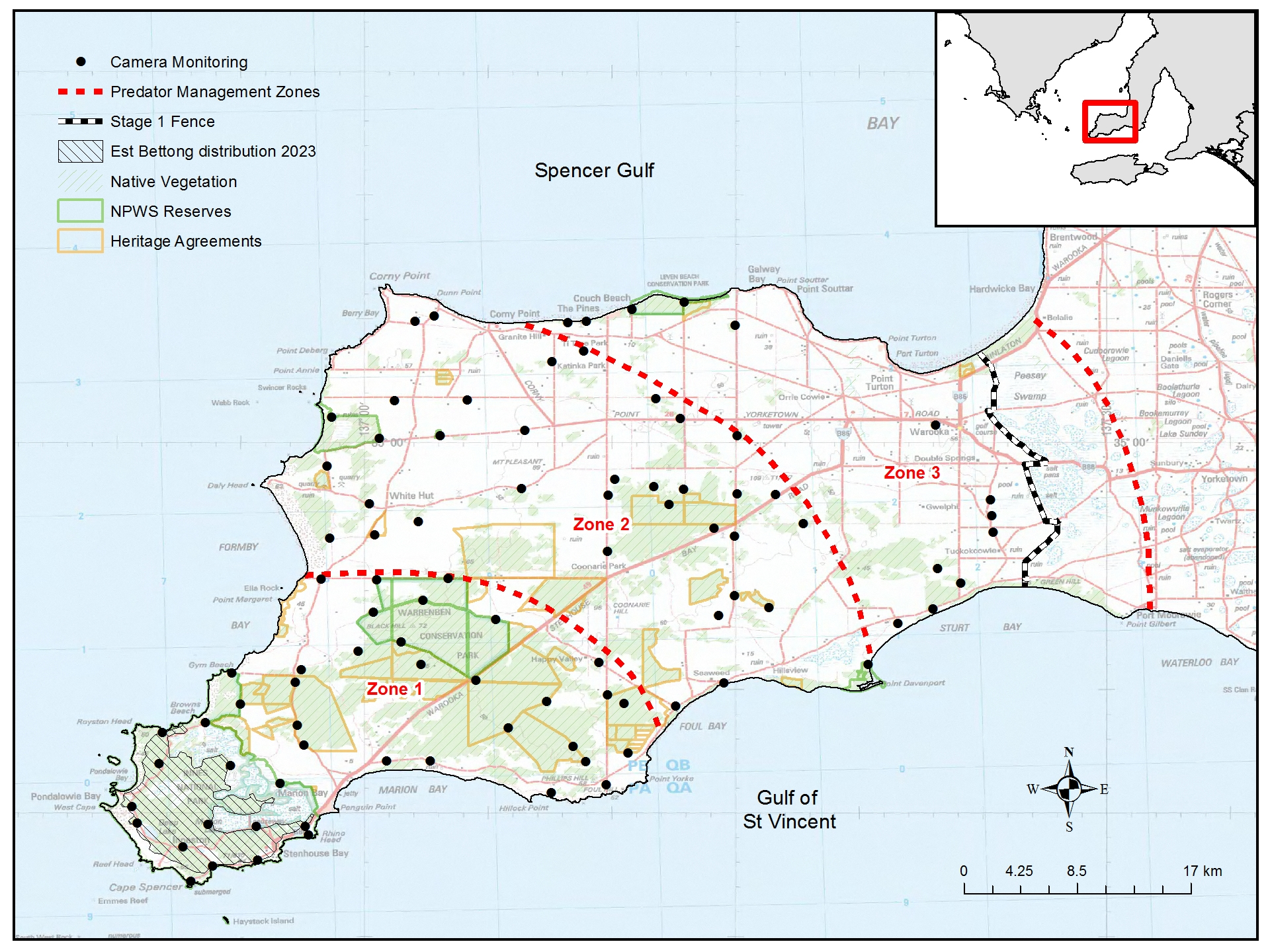
The first animal to be reintroduced was the Brush-tailed Bettong Bettongia penicillata ogilbyi, or Yalgi as they are known in the Narungga language. A ‘soil engineer’ which create shallow diggings in their search for food, it is estimated that one Yalgi can turn over between 2 and 6 tonnes of soil every year. Through these actions the Yalgiri (plural of Yalgi) will help to spread fungal spores, improve water infiltration and soil moisture retention, and enhance native seed germination, creating a better home and environment for plants and other wildlife species. Other soil engineers such as the Southern Brown Bandicoot are being considered for future releases. Another excellent digger, it will create opportunities for native plants to germinate and bushland to regenerate.
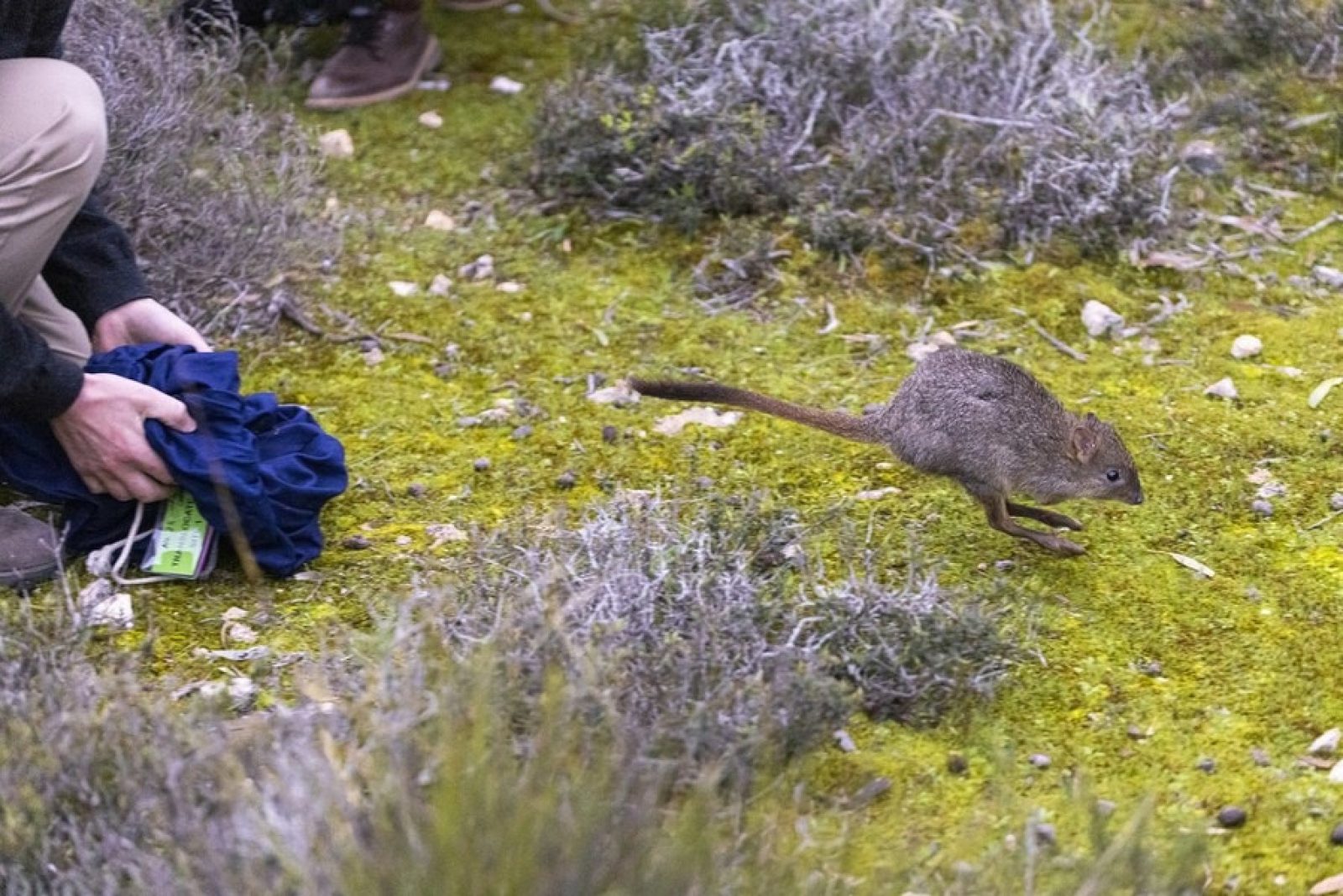
At the same time as the first reintroduction, investigations into native predator augmentation have commenced, starting with the local Eastern Barn Owl population. Surveys had shown that availability of suitable nesting hollows was a factor limiting their numbers. Customised nesting boxes were designed to promote welfare, breeding, and prey intake while also providing the most non-invasive techniques for future monitoring of the population. Nest boxes were installed at 11 sites on private properties with patches of remnant native vegetation or revegetation plantings adjacent to agricultural lands to attract more barn owls to control the introduced house mouse population, a major pest for local grain growers. This step has inspired a similar project on the Dudley Peninsula on Kangaroo Island during the eradication of feral cats.

Mid way through the project it is planned to reintroduce at least one native rodent species. Their foraging behaviour has a key role in spreading and germinating native seed and is also linked to the regeneration of native bushland.
The reintroduction of a medium sized native predator, the Western Quoll is also part of this long-term project. As a larger predator, quolls are intended to play a role in regulating abundance of small native species, reducing rabbit numbers, and potentially competing with feral cats.
Ongoing control of foxes and feral cats has benefitted a wide range of native species including the nationally threatened Hooded Plover and Malleefowl and locally rare Heath Goanna, Bush Stone-curlew and Echidna. It has also had benefits to farmers through an increase in lambing survival rates. The populations of both the released yalgiri and supported eastern barn owls have increased. As of December 2023, more than 50% of the yalgiri caught during monitoring were found to be new animals born on southern Yorke Peninsula and 95% of mature females were carrying pouch young.
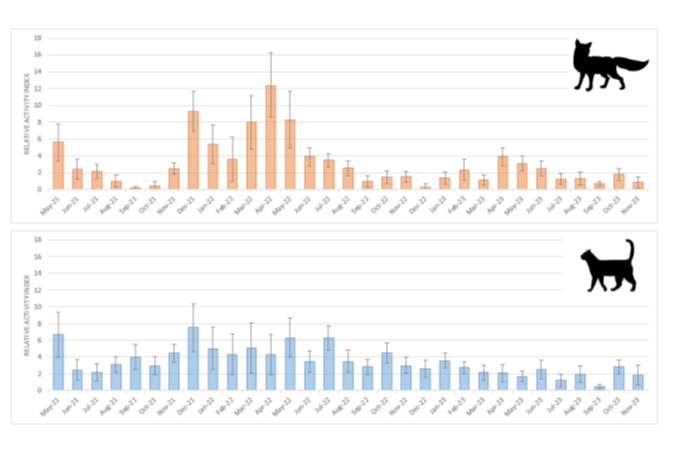
A report by Meaney et al showed that of the 11 nest boxes installed in 2017, 55 percent were colonised within a month after establishment, and 82 percent were colonised within seven months. Occupied nest boxes were actively used by paired owls for mating, breeding and rearing of chicks which resulted in up to 35 fledgling owlets.
Further strategic predator control will be needed to ensure fox and feral cat numbers remain low enough to support reintroductions of native species, and provide benefits to threatened or locally rare wildlife and agricultural production.
Marna Banggara is a good example of how ecological restoration projects work better if a holistic, staged approach is taken. If you want to reintroduce animals to an area, you must first control, reduce and/or remove the introduced predators and competitors that contributed to their localised extinction. Then select species that will provide the best benefits to the ecosystem in a staged process for the best results (i.e., soil engineers first, followed by seed spreaders, then native predators). Local landholders and community members continue to play a key role in the project both as local champions and enabling access to private land for predator control, camera trapping, vegetation and wildlife surveys. Community volunteers are involved in a wide range of project activities including monitoring of threatened species and it is important to continue to engage them in the project and build community capacity and support. Marna Banggara provides a model for working with a range of community and stakeholder interests in a working agricultural landscape, and the importance of considering benefits to the whole community during the planning and delivery process.
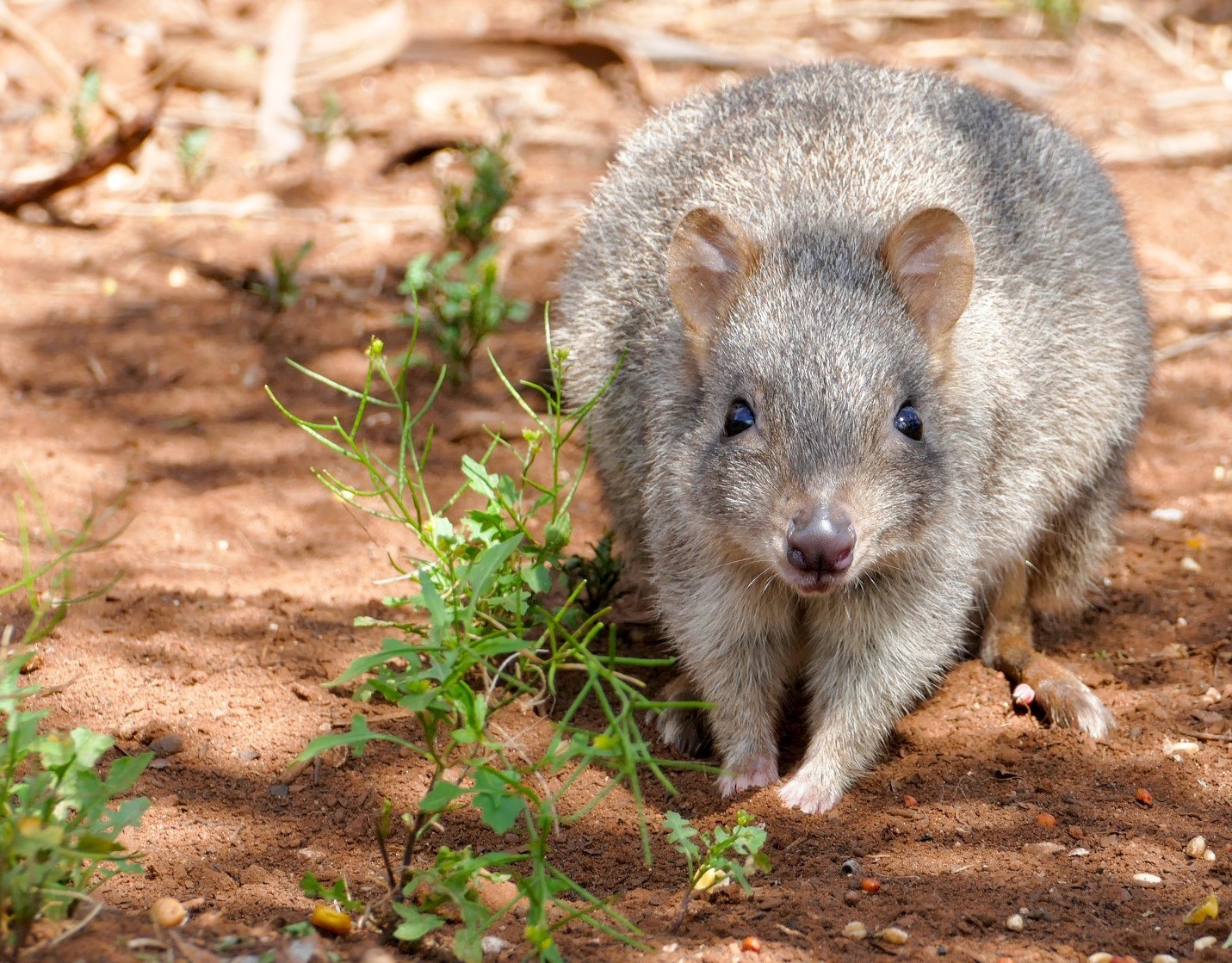
This is a highly collaborative project jointly funded through the Northern and Yorke Landscape Board, the Australian Government, the South Australian Department for Environment and Water, WWF-Australia and Foundation for National Parks and Wildlife. Other partners actively involved in developing and delivering the project include Regional Development Australia, South Australian Tourism Commission, Zoos SA, FAUNA Research Alliance, BirdLife Australia, Nature Conservation Society of SA, Narungga Nation Aboriginal Corporation, Primary Producers SA, Primary Industries and Regions SA, , Legatus Group, Yorke Peninsula Council, Yorke Peninsula Tourism and the Scientific Expedition Group.
Further Reading
- Northern and Yorke Landscape Board Facebook page
- Achievement Report 2021–22
- Nest boxes erected on Kangaroo Island as native predator swoops in to replace feral cats
- Marna Banggara
- Northern and Yorke Landscape Board
Other rewilding projects in SA
- Rewilding Adelaide's birds of prey (Green Adelaide)
- The Forktree Project (Fleurieu Peninsula)
- Iron-grass native grassland project (Murraylands and Riverland)
- Bandicoot Superhighway project (Hills and Fleurieu)
- Back from the Brink (Hills and Fleurieu)
- Our Plover Coast (Hills and Fleurieu)
- Seeds for Snapper (Hills and Fleurieu)
- Bounceback – building resilience across the ranges (SA Arid Lands)
- Warru Recovery Project (AW Lands)
- Arid Recovery (SA Arid North)



